Scroll down to see tributes to each individual crew.

Photo Courtesy Astronauts Memorial Foundation.
Also the source of the names of the list of fallen astronauts I have used below.
Exploring a new frontier is a risky, but rewarding endeavor. The men and women who sign up to be astronauts are signing a blank check payable any amount, up to the life of the signer, during the course of their duty.
The following is a tribute to the astronauts who have given their lives in the performance of their duty.
The Fallen
| T-38 ACCIDENTS | CHALLENGER ACCIDENT |
| Theodore C. Freeman | Francis "Dick" Scobee |
| October 31, 1964 | Michael J. Smith |
| Judith A. Resnik | |
| Charles A. Bassett, II | Ellison S. Onizuka |
| Elliot M. See, Jr. | Ronald E. McNair |
| February 28,1966 | Gregory B. Jarvis |
| S. Christa McAuliffe | |
| Clifton C. Williams, Jr. | January 28, 1986 |
| October 5, 1967 | |
| COMMERCIAL PLANE ACCIDENT | |
| APOLLO ONE ACCIDENT | Manley L. "Sonny" Carter, Jr. |
| Virgil "Gus" Grissom |
April 5, 1991
|
| Edward H. White, II | |
| Roger B. Chaffee | COLUMBIA ACCIDENT |
| January 27, 1967 | Rick D. Husband |
| William C. McCool | |
| X-15 ACCIDENT | |
| Michael J. Adams | |
| November 15, 1967 | |
| F-104 ACCIDENT | |
| Robert H. Lawrence Jr. |
February, 1, 2003
|
| December 8,1967 | |
NASA Day of Remembrance
Each January, we honor the Apollo 1, Challenger and Columbia crews, as well as other members of the NASA family who lost their lives supporting NASA’s mission of exploration. We thank them and their families for their extraordinary sacrifices in the service of our nation.
On this Day of Remembrance, as we remember our fallen heroes with tributes and public ceremonies, I will take part in a wreath-laying ceremony at Arlington National Cemetery. Across the country, all flags at NASA Headquarters and the NASA centers will be flown at half-mast in their memory.
Space exploration is a difficult and dangerous endeavor. We recognize these pioneers’ sacrifices each day with our ongoing commitment to safety. As an agency, we know the risks inherent in each mission. Ensuring the safety of our employees is our highest priority.
The legacy of those we have lost is our ongoing work and the inspiration of generations of new space explorers. Every day, with each new challenge we overcome and every discovery we make, we honor these remarkable men and women. Please join me in working to fulfill their dreams for the future.
Charles F. Bolden, Jr.
NASA Administrator
A tribute to the heroes of Apollo 1
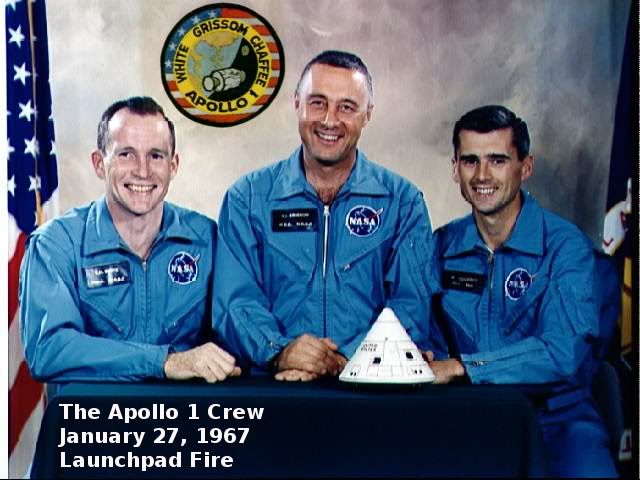
January 27, 1967.
That date doesn't mean anything significant to most Americans. On that day, three men died in the service of our nation as they conducted a routine test on their command capsule. Much has been written about that day and these men. I cannot add anything substantial to what has gone before, so I will just point to what I think were the best attempts to explain what happened, and to remember these men who died on our journey to the Moon.
A video tribute to the crew of Apollo 1.
On January 27, 1967, tragedy struck the Apollo program when a flash fire occurred in command module 012 during a launch pad test of the Apollo/Saturn space vehicle being prepared for the first piloted flight, the AS-204 mission. Three astronauts, Lt. Col. Virgil I. Grissom, a veteran of Mercury and Gemini missions; Lt. Col. Edward H. White, the astronaut who had performed the first United States extravehicular activity during the Gemini program; and Roger B. Chaffee, an astronaut preparing for his first space flight, died in this tragic accident.
A seven-member board, under the direction of the NASA Langley Research Center Director, Dr. Floyd L. Thompson, conducted a comprehensive investigation to pinpoint the cause of the fire. The final report, completed in April 1967 was subsequently submitted to the NASA Administrator. The report presented the results of the investigation and made specific recommendations that led to major design and engineering modifications, and revisions to test planning, test discipline, manufacturing processes and procedures, and quality control. With these changes, the overall safety of the command and service module and the lunar module was increased substantially. The AS-204 mission was redesignated Apollo I in honor of the crew.
This is an audio recording of the actual last moments of the crew of Apollo 1, with commentary and a play by play of the initial accident investigation.
This is a dramatization of the tragic event, as presented during the "From the Earth to the Moon" miniseries on HBO.
For more information on this accident, please visit the following webpages:
Apollo 1 Memorial Foundation
National Space Data Center Apollo 1 page
A tribute to the heroes of STS-51L Challenger

The Challenger Accident was different from the Apollo 1 Accident because it happened during the launch, and many people witnessed the explosion. I had stayed home from school in order to watch the launch because they had become so routine, there was no effort made by the school to allow students who were interested to watch them or integrate them into lesson plans.
Apparently, network television had the same idea about spaceflight becoming routine, because they did not cover the launch, and I did not have satellite TV so I couldn't watch it on the NASA Channel or even CNN, which was the only network to carry it live. (This was in the days before broadband Internet). So I was digging through the shortwave radio stations, trying to find one that was covering it when my dad called from work. He told me the shuttle had blown up. I didn't believe him at first because I thought he was teasing me, and he told me to cut the TV on and see. I did, and I saw.
Video courtesy: NASA
NASA documnetary detailing the events surrounding the loss of OV-099, Space Shuttle Challenger, shortly after the launch of the 25th flight of the Space Transportation System, Mission STS-51L, on 28 January, 1986, and the subsequent investigation into the loss of the vehicle and its crew of seven. The investigation shows that the Solid Rocket Booster field joints were of an insufficiently fault-tolerant design and when the vehicle was launched at below-normal temperatures, hot exhaust gasses leaked on ignition, damaging the integrity of the field joint, leading to a breach in the external tank and destruction of the orbiter.
This is a video of the live CNN broadcast of the launch, the only network to carry it live.
This is a live television feed of the accident that was involved in gathering B-Roll from the viewing stand for guests of NASA during the launch, including families of the crew.
Amateur Video of the Launch from Central Florida (ABC News)
Here are the unforgettable words of President Ronald Reagan memorializing the Challenger crew.
Transcript:
We come together today to mourn the loss of seven brave Americans, to share the grief we all feel and, perhaps in that sharing, to find the strength to bear our sorrow and the courage to look for the seeds of hope.
Our nation's loss is first a profound personal loss to the family and the friends and loved ones of our shuttle astronauts. To those they have left behind - the mothers, the fathers, the husbands and wives, brothers, sisters, and yes, especially the children - all of America stands beside you in your time of sorrow.
What we say today is only an inadequate expression of what we carry in our hearts. Words pale in the shadow of grief; they seem insufficient even to measure the brave sacrifice of those you loved and we so admired. Their truest testimony will not be in the words we speak, but in the way they led their lives and in the way they lost those lives - with dedication, honor and an unquenchable desire to explore this mysterious and beautiful universe.
The best we can do is remember our seven astronauts - our ChallengerSeven - remember them as they lived, bringing life and love and joy to those who knew them and pride to a nation.
They came from all parts of this great country - from South Carolina to Washington State; Ohio to Mohawk, New York; Hawaii to North Carolina to Concord, New Hampshire. They were so different, yet in their mission, their quest, they held so much in common.
We remember Dick Scobee, the commander who spoke the last words we heard from the space shuttle Challenger. He served as a fighter pilot in Vietnam, earning many medals for bravery, and later as a test pilot of advanced aircraft before joining the space program. Danger was a familiar companion to Commander Scobee.
We remember Michael Smith, who earned enough medals as a combat pilot to cover his chest, including the Navy Distinguished Flying Cross, three Air Medals - and the Vietnamese Cross of Gallantry with Silver Star, in gratitude from a nation that he fought to keep free.
We remember Judith Resnik, known as J.R. to her friends, always smiling, always eager to make a contribution, finding beauty in the music she played on her piano in her off-hours.
We remember Ellison Onizuka, who, as a child running barefoot through the coffee fields and macadamia groves of Hawaii, dreamed of someday traveling to the Moon. Being an Eagle Scout, he said, had helped him soar to the impressive achievement of his career.
We remember Ronald McNair, who said that he learned perseverance in the cotton fields of South Carolina. His dream was to live aboard the space station, performing experiments and playing his saxophone in the weightlessness of space; Ron, we will miss your saxophone and we will build your space station.
We remember Gregory Jarvis. On that ill-fated flight he was carrying with him a flag of his university in Buffalo, New York - a small token he said, to the people who unlocked his future.
We remember Christa McAuliffe, who captured the imagination of the entire nation, inspiring us with her pluck, her restless spirit of discovery; a teacher, not just to her students, but to an entire people, instilling us all with the excitement of this journey we ride into the future.
We will always remember them, these skilled professionals, scientists and adventurers, these artists and teachers and family men and women, and we will cherish each of their stories - stories of triumph and bravery, stories of true American heroes.
On the day of the disaster, our nation held a vigil by our television sets. In one cruel moment, our exhilaration turned to horror; we waited and watched and tried to make sense of what we had seen. That night, I listened to a call-in program on the radio: people of every age spoke of their sadness and the pride they felt in `our astronauts.' Across America, we are reaching out, holding hands, finding comfort in one another.
The sacrifice of your loved ones has stirred the soul of our nation and, through the pain, our hearts have been opened to a profound truth - the future is not free, the story of all human progress is one of a struggle against all odds. We learned again that this America, which Abraham Lincoln called the last best hope of man on Earth, was built on heroism and noble sacrifice. It was built by men and women like our seven star voyagers, who answered a call beyond duty, who gave more than was expected or required, and who gave it with little thought to worldly reward.
We think back to the pioneers of an earlier century, and the sturdy souls who took their families and the belongings and set out into the frontier of the American West. Often, they met with terrible hardship. Along the Oregon Trail you can still see the grave markers of those who fell on the way. But grief only steeled them to the journey ahead.
Today, the frontier is space and the boundaries of human knowledge. Sometimes, when we reach for the stars, we fall short. But we must pick ourselves up again and press on despite the pain. Our nation is indeed fortunate that we can still draw on immense reservoirs of courage, character and fortitude - that we are still blessed with heroes like those of the space shuttle Challenger.
Dick Scobee knew that every launching of a space shuttle is a technological miracle. And he said, if something ever does go wrong, I hope that doesn't mean the end to the space shuttle program. Every family member I talked to asked specifically that we continue the program, that that is what their departed loved one would want above all else. We will not disappoint them.
Today, we promise Dick Scobee and his crew that their dream lives on; that the future they worked so hard to build will become reality. The dedicated men and women of NASA have lost seven members of their family. Still, they too, must forge ahead, with a space program that is effective, safe and efficient, but bold and committed.
Man will continue his conquest of space. To reach out for new goals and ever greater achievements - that is the way we shall commemorate our seven Challenger heroes.
Dick, Mike, Judy, El, Ron, Greg and Christa - your families and your country mourn your passing. We bid you goodbye. We will never forget you. For those who knew you well and loved you, the pain will be deep and enduring. A nation, too, will long feel the loss of her seven sons and daughters, her seven good friends. We can find consolation only in faith, for we know in our hearts that you who flew so high and so proud now make your home beyond the stars, safe in God's promise of eternal life.
May God bless you all and give you comfort in this difficult time.
A performance of the song written by John Denver in tribute to the crew of the Challenger. He was originally considered for the flight and underwent training before a teacher was selected.
I still think it is a good idea to send gifted artists into space so that they might use their talents to share with the rest of humanity what it is like.
Here is a discussion on the findings of the Presidential Commision that was broadcast on satellite TV Worldnet.
For more information on the Challenger accident, please visit the following websites:
Report of the PRESIDENTIAL COMMISSION on the Space Shuttle Challenger Accident
NASA webpage of links to information on the Challenger accident
TV Coverage of the Challenger Accident (54 videos encompassing several hours of archived live video)
A tribute to the heroes of STS-107 Columbia
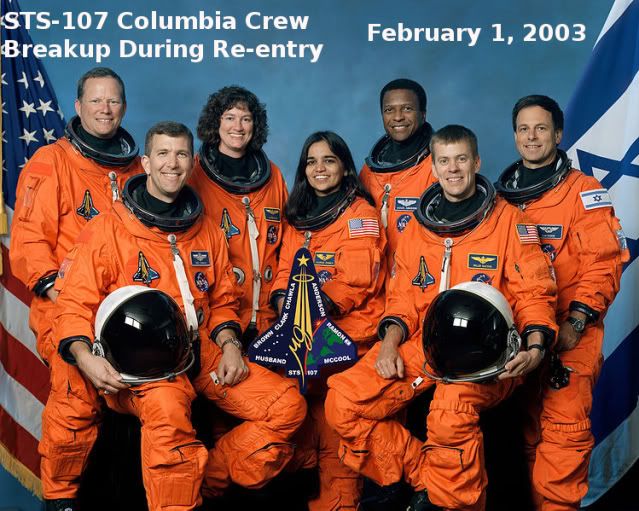
The Columbia breakup happened on Saturday, February 1, 2003. It disintegrated over Texas stretching from Trophy Club to Tyler and into parts of Louisiana during re-entry into the Earth's atmosphere, resulting in the death of all seven crew members, shortly before it was scheduled to conclude its 28th mission, STS-107.
The loss of Columbia was a result of damage sustained during launch when a piece of foam insulation the size of a small briefcase broke off the Space Shuttle external tank (the main propellant tank) under the aerodynamic forces of launch. The debris struck the leading edge of the left wing, damaging the Shuttle's thermal protection system (TPS), which protects it from heat generated with the atmosphere during re-entry. While Columbia was still in orbit, some engineers suspected damage, but NASA managers limited the investigation, on the grounds that little could be done even if problems were found.
NASA's original Shuttle design specifications stated that the external tank was not to shed foam or other debris; as such, strikes upon the Shuttle itself were safety issues that needed to be resolved before a launch was cleared. Launches were often given the go-ahead as engineers came to see the foam shedding and debris strikes as inevitable and unresolvable, with the rationale that they were either not a threat to safety, or an acceptable risk. The majority of Shuttle launches recorded such foam strikes and thermal tile scarring. During re-entry of STS-107, the damaged area allowed the hot gases to penetrate and destroy the internal wing structure, rapidly causing the in-flight breakup of the vehicle. An extensive ground search in parts of Texas, Louisiana and Arkansas recovered crew remains and many vehicle fragments.
Initial NASA TV Coverage of Columbia Accident
Amateur video shot of the final moments of the Columbia
Cockpit video of the momets leading up to the destruction of the Columbia.
US Apache Helicopter crews were on a training mission with foreign pilots on the morning of February 1, 2003. Gun-camera footage picks up the shuttle as it enters the atmosphere over Central Texas. The footage was released a couple of days after the crash. Video is courtesy of Fort Hood and DOD.
An audio podcast discussion accompanied by photos of the Cloumbia breakup and recovery.
Here is a video playlist of live coverage of the accident and immediately thereafter by NASA, CNN and other TV Networks.
For more information regarding the Columbia accident, please visit these websites:







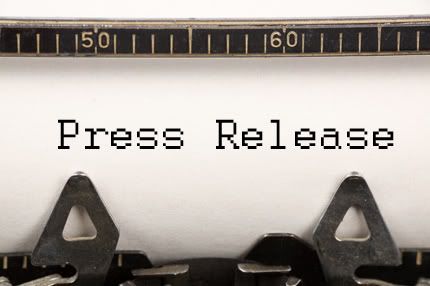


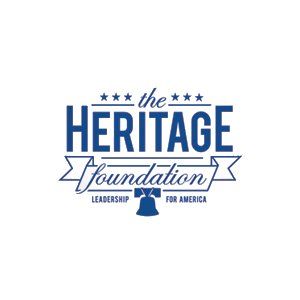

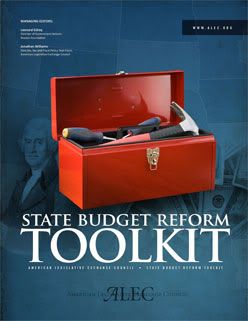

















0 comments :
Post a Comment